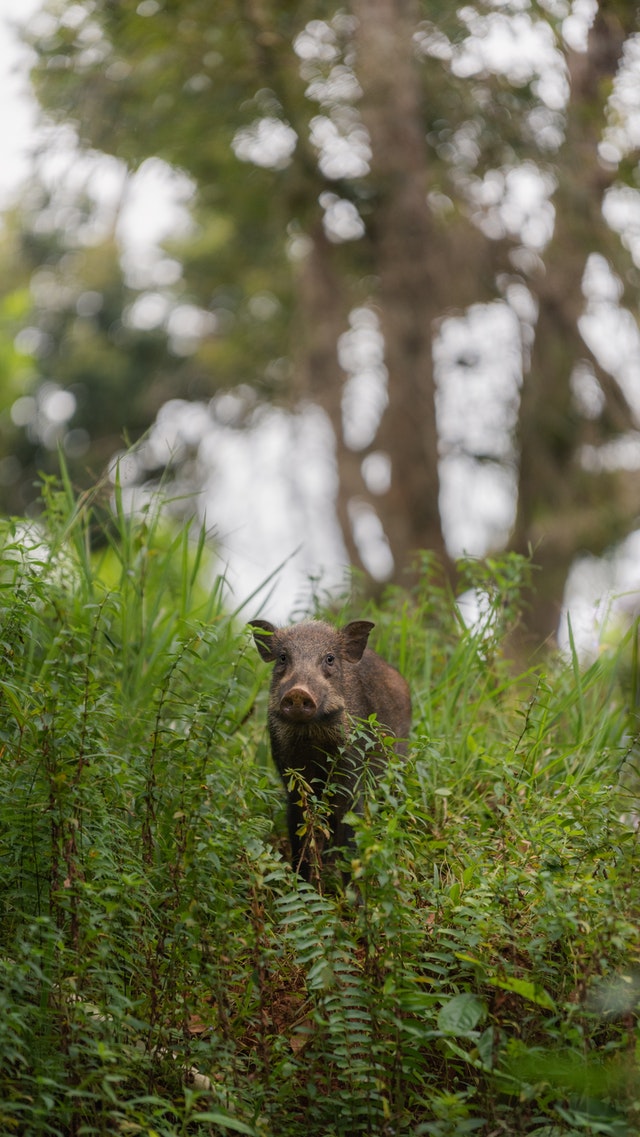Power of the Wild Boar
It is thought that worshipping the mark of the wild boar was linked to worshipping a goddess similar to Freya, the later Scandinavian goddess of land and fertility who was thought of as the mother of the gods and was sometimes called Nerthus, Herthe, Gerthe or Gerd. According to Norse mythology, it was Freya’s brother (some say her husband) who rode the golden boar Gullinburst and symbolised prosperity, abundance, fertility and sunshine.
Believing in the earth goddess Freya or Nerthus is also historically linked to Estonia. According to archaeologist Vello Lõugas, Lake Kaali in Saaremaa was known among the ancient Nordic people as the bathing place of the earth goddess Nerthus. Tacitus also wrote about Saaremaa and its sacred grove and mentioned that it was guarded by a priest. It is possible that this sacred place was visited and revered by all the Nordic people.
Thus, during Christmas in the pagan era, a pig was killed and sacrificed to the earth goddess. The pig also signified honesty and truth; due to this, the Nordic people placed their hand on the pig’s back and made promises to the king before killing it. Then the pig was killed and its meat eaten and its strength and powered were acquired. Such a pleasing sacrifice to the gods was meant to contribute to the rebirth of the ‘dying sun’ in the darkest times and to bring about spring.
The sacrosanctity of the pig is still celebrated in Nordic countries. Its most familiar manifestations are the slaughter of the pig at Christmas and making and eating sausages made of its meat. In some places, bread in the shape of a pig (jõuluorikas in Estonian) was made instead. In this way, they unknowingly revered the goddess of earth and fertility from whom feminine help was expected.
This is how the pig became the symbol of rebirth, many children, family happiness and security. The sacrosanctity of the pig is further proven by the fact that all the ritual meat dishes of Estonians were made from pork. We think that the pig is very Nordic and close to Estonians’ hearts. If pork is on the menu, Estonians can be sure that they’re going to have a proper, filling meal. In this way, a sacrifice is also made to the goddess of fertility.
***
The pig was very important in Celtic mythology and symbolism in ancient Western Europe. Druids believed that the wild boar was sacred, that eating its flesh improved health and made you stronger. Thus, pork was the food of the gods and soldiers. Pork gave men sexual strength and fertility. For the Celts, the pig symbolised a good mother because of the sow’s well-known fierceness and readiness to fight till its last breath to protect its offspring.
The white boar was the emblem of King Richard III of England in the 15th century as it symbolised courage and a fierce fighting spirit.

